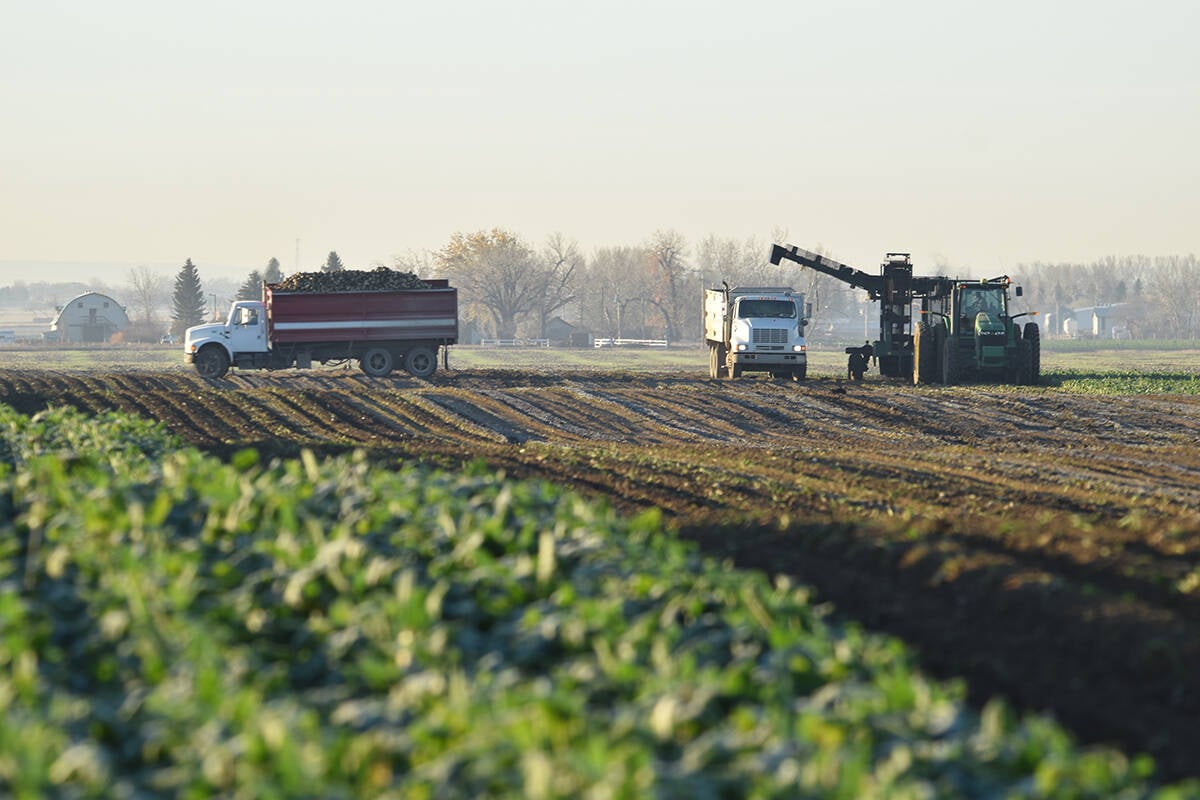Flax prices have skyrocketed as the trade comes to grips with acreage contraction due to the CDC Triffid incident and poor spring weather.
Agriculture Canada now estimates 988,000 acres of flax, down 36 percent from last year.
“Abandonment is forecast sharply higher than normal as the major growing region is centered in the rain belt in eastern Saskatchewan and western Manitoba,” said the agency in a July 8 report.
Prices have jumped as high as $13 per bushel, up from about $8.25 per bu. two weeks ago.
Read Also

Canada the sole G7 nation without a Domestic Sugar Policy to aid local sugar beet production
Canadian sugar beet industry vastly different to US with free-market system compared to protective government-regulated sugar program
“That’s pretty incredible. We don’t see that happen very often,” said Mike Jubinville, president of Pro- Farmer Canada.
“It would seem unfathomable to me if we had been talking about this (price rally) two months ago.”
He encouraged growers to consider forward pricing at least a portion of their crop at today’s levels.
“I think you’ve got to scale sales into this,” he said.
In an average year, growers would plant 1.5 to 1.7 million acres of flax. This year, it will drop below one million acres for the first time since 1992.
Jubinville said prices could climb further but farmers would be foolish to try to pick the top of the market in the wake of a nearly $5 per bu. rally.
He has reservations about European demand and thinks China may balk at $13 flax.
“I don’t know if they’re going to be there,” he said.
Chris Beckman, oilseed market analyst with Agriculture Canada, said European buyers have raised their flax oil prices in response to Canada’s production problems and demand for the oilseed remains strong there.
Oil World estimates the European Union’s 2009-10 demand at 500,000 tonnes, down slightly from 543,000 tonnes in 2008-09. The demand forecast for 2010-11 is 470,000 tonnes.
Canadian flax continues to move to the EU, albeit at a slower pace. The Canadian Grain Commission reports 226,800 tonnes of sales to the EU as of May 31, down from 362,800 tonnes for the same period a year ago.
Europeanbuyersremainanxiousabout contamination from CDC Triffid, a genetically modified variety that showed upinCanadiansuppliesin2009.
Reports on an Agri-ville. com chat room that Viterra and Richardson no longer require growers to test flax for Triffid contamination before delivery are untrue.
“That story is not true. They are still asking for all of the certification for that,” said Linda Braun, executive director of the Saskatchewan Flax Development Commission.
Richardson also confirmed it requires testing.
Barry Hall, Flax Council of Canada president, said the industry is considering increasing testing this fall.















